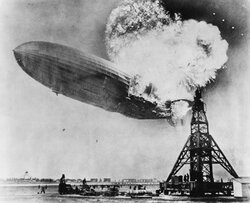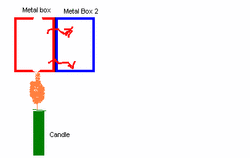Tanked systems are more efficient but that depends on how you use it. Older tankless oil systems (not to be confused with on-demand) store a little bit of water inside them it keeps at temperature. You won't run out of hot water and there isn't a pump, and if installed correctly it has a flow limiter. If you try to pull more hot gallons per minute than the boiler can handle it reduces water pressure for everyone instead of everyone getting colder than expected water. That's helpful when it happens during a shower. You usually have more standby loss with tankless compared to tanked systems. 12 year old units usually have a barometric damper so your chimney is always drafting. That is, you always have air flowing over the water coils in the tankless system, and though they make automatic vent dampers instead to help correct that situation I can't find any that are compatible with oil systems they say GAS ONLY. Interesting that they come in todays new oil tankless systems but aren't offered as a retrofit to older models. Todays tankless boilers with flame retention, sealed combustion, and vent dampers are much better than the older. A tanked system, as mentioned requires another pump but there isn't cold air blowing across the water and the longer your boiler stays on the more efficient. The 1 minute your tankless boiler clicks on to reheat the several gallons of water inside it aren't as efficient as the tanked version keeping the boiler going for several minutes.
There's a few things you can do.
1.) Get a tank insulated with at least 1" foam insulation (R10) which should reduce your costs. If you do, adding a tank wrap will add very little savings and isn't recommended though with the costs of oil now, it may be worth the investment.
2.) Since the tankless system takes 5-7 minutes to warm up from a cold start, shut it off when you don't want it and turn it back on when you do. This is the option we do. We turn it on in the morning, take our showers and turn it off. At night, we turn it on until it comes to temp and shut it off for the night. It gives us enough hot water for washing our hands, etc. and have very little standby.
3.) Get a waste hot water recovery system, something like
http://www.gfxstar.ca/englishindex.html or
http://www.powerpipe.ca/en/index.htm which recovers energy from the hot water wasting down the drain. Only works when using hot water and having it go down the drain simultaneously such as showers but expect about a 30-40% savings when doing such tasks. For us, at $700 for the gray water recovery unit and showers account for 75% of our hot water if it only recycles 30% of that energy that's $210/yr+ savings. That's worth it.
4.) Get a solar hot water system. This system
http://www.radiantsolar.com/domesticHW.html costs $3,300 and you'll get a tax credit of 30% on most of the price. Expect it to supply probably 50-60% of your hot water, 40-90% under special circumstances.






